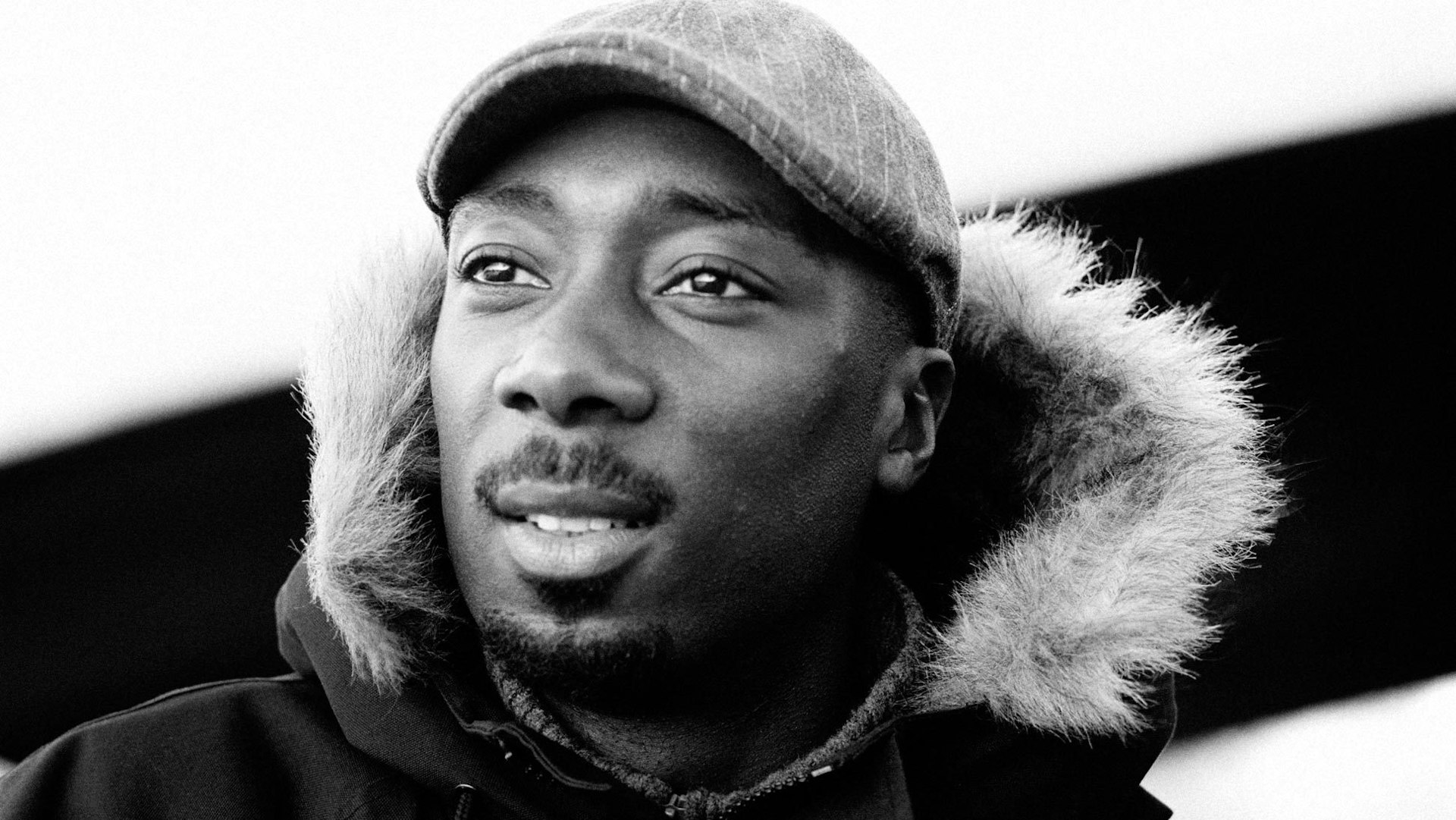
Save The Southbank
- Text by Olly Zannetti
- Photography by Paul Calver
Filmmaker and skateboarder Winstan Whitter is passionate about concrete. As the man behind the campaign to save the UK’s most prominent skate spot, he’d have to be.
The spot at London’s Southbank Centre, known locally as the undercroft, might not look like much, but its place in UK skateboarding history is unrivalled. While the Dogtown boys cruised LA for empty swimming pools in the 1970s, UK skaters were discovering a goldmine alongside the River Thames. Pre-skateboarding, the undercroft was dead space, a remnant of post-war architecture’s futuristic visions gone awry. But as a skate spot, it had it all: a smooth concrete surface littered with steps, banks, ledges and loads of space. Even though skateboarding was fresh off the boat from the USA, ‘No Skateboarding’ signs were already popping up everywhere. But with authorities at the undercroft choosing to turn a blind eye, UK skateboarding, it seemed, had found a home.
So what happened? “Basically,” says Winstan, “there was a plan which I got a copy of in about 2001. I saw these drawings. You could see the riverfront, you could see the Southbank area and the skate spot, and it was all glassed off – with loads of shops. So it made me think, you know, it’s possible that they’re going to go ahead with that plan and get rid of the skate spot.
“I grew up there,” adds Winstan, explaining why he jumped into action. Having made Rollin’ Through The Decades, a documentary which charts the history of UK skateboarding, a film seemed the obvious way to raise awareness. So, collaborating with clothing designer and friend Toby Shuall, Winstan set to work on a new project: Save the Southbank. Research started in 2001 and, attracting 4,296 signatories, a petition to Downing Street was launched in 2008 in conjunction with the film. “We really needed to do this,” says Winstan, “put the film out, put the petitions up, and scare the Southbank. So that’s what we did.”
The walls of Professor Iain Borden’s office are lined with books. As director of University College London’s School of Architecture, Iain has been skateboarding’s voice from the establishment throughout the Save the Southbank campaign. As a teenager growing up in Oxford in the late 1970s, he used to travel to London at weekends to skate at Southbank. “It has this real aura around it. I suppose London was considered to be the home of British skateboarding, and the Southbank was the home of that. It was the place to go and see really good skaters. And it definitely had this feeling of being at the centre of it all.”
Skating first combined with academia when Iain was a grad student at the University of California, in Los Angeles. “I had to write a term paper on something about LA. I thought, ‘What do I know about LA that no one else knows about? I’m a Brit.’ But what I did know about was skating. So I wrote about that.” The real epiphany came when studying the work of French urban theorist Henri Lefebvre. While most theorists saw cities in the abstract, obsessed by plans and models, Lefebvre thought of cities as dynamic, exciting places, experienced through the energy and activity of the body. “I was interested in skateboarding, but I was also interested in thinking about these philosophical ideas of space. Skateboarding became for me the vehicle through which to do that.” In 2001, Iain published Skateboarding, Space and the City, in which urban theory and skateboarding stand side by side.
For Iain, the idea that skaters would be kicked out of the Southbank was nothing extraordinary. “Urban space has become more controlled, policed and regulated,” he says. “There’s a public fear of someone on a skateboard. I’ve been reading about skateboarding for twenty years and I’ve lost count of the times I’ve read about people being afraid of being hit by a skateboard. But I’ve never heard or read of an actual example of that happening. What urban managers really don’t like about skateboarding is that it’s disorderly, it’s not planned, you can’t control it, and it doesn’t bring any money.”
And money, as we know, tends to rule supreme. “It doesn’t take a genius,” says Derek, who’s been skating the Southbank for years and, in his early thirties, is a comparative old-timer, “if you stuck a front on the undercroft you could have, like, six units that you could probably rent for about a million pounds a year. If this places goes, there’s going to be nowhere else. Skating’s getting banned everywhere. You used to be able to skate around central London, in the City, wherever, and it was all good. But now you just get kicked out or ticketed by the police. So the fact you can just come here and skate is brilliant.”
And so, for academics like Iain, skating becomes a political issue. “Once you accept that skateboarding isn’t dangerous, and I don’t think it is inherently, skaters have the same right to use public space as anyone else, and do what they like in it.”
Eight months after the campaign started, satisfaction hangs in the undercroft’s air. “Number Ten decided to take action,” says Winstan, “and the Southbank said they’re keeping the area for skating.” After an official response from Downing Street to the online petition, things were looking good: “The Southbank Centre has said that it has no plans to redevelop the undercroft used by skateboarders,” stated an email to signatories.
But the story’s not that simple. According to Mike McCart, the Southbank Centre’s Commercial Director, that statement was “deeply unfortunate” and, while there are no “immediate” plans to make alterations to the undercroft, changes are likely in the future. Changes, it seems, that may not include skaters.
